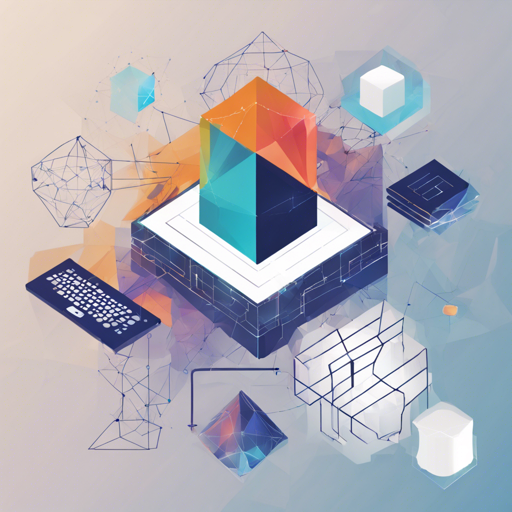Are you ready to dive into the world of blockchain development with Java? The Web3j library is your perfect companion for creating seamless applications on the Ethereum network. In this blog post, we’ll guide you on how to utilize Web3j effectively, from setup to troubleshooting.
What is Web3j?
Web3j is a lightweight, highly modular, reactive, type-safe library for Java and Android. It enables developers to interact effortlessly with Ethereum smart contracts and nodes without the overhead of writing complex integration code.
Setting Up Web3j
- First, ensure you have Java 17 or a more recent version installed.
- Install Web3j CLI:
- For Unix:
curl -L get.web3j.io | sh
source ~/.web3j/source.shSet-ExecutionPolicy Bypass -Scope Process -Force; iex ((New-Object System.Net.WebClient).DownloadString('https://raw.githubusercontent.com/web3j/web3j-installer/master/installer.ps1'))$ web3j newUnderstanding Web3j Structure
Imagine you’re constructing a building. The foundation is the Ethereum blockchain, and Web3j acts as skilled architecture, providing blueprints and tools to construct your application neatly and efficiently. Here’s a breakdown of its key components:
- JSON-RPC Client: Acts as your communication bridge to Ethereum.
- Smart Contract Wrappers: Automatically generated wrappers for your contracts make interaction seamless.
- Reactive API: Like a responsive partner in a dance, it helps your application react dynamically to events.
Using Web3j in Your Project
To incorporate Web3j into your Maven or Gradle project, add the corresponding dependencies:
Maven Dependency
<dependency>
<groupId>org.web3j</groupId>
<artifactId>core</artifactId>
<version>4.12.2</version>
</dependency>Gradle Dependency
implementation 'org.web3j:core:4.12.2'Troubleshooting Common Issues
- Issue: Unable to connect to Ethereum nodes.
- Solution: Ensure that your Ethereum client (like Geth or Parity) is running and check your connection settings.
- Issue: Dependency conflicts.
- Solution: Verify that you are using the correct versions of Java and dependencies. Try clearing and updating your project dependencies.
- Issue: Lack of documentation clarity.
- Solution: Sometimes, the official documentation can be overwhelming. Don’t hesitate to reach out to the community or explore supplementary resources.
For more insights, updates, or to collaborate on AI development projects, stay connected with fxis.ai.
Conclusion
Web3j simplifies the process of building decentralized applications on the Ethereum blockchain. With the right setup and a clear understanding of its architecture, you can harness the power of smart contracts in your applications. At fxis.ai, we believe that such advancements are crucial for the future of AI, as they enable more comprehensive and effective solutions. Our team is continually exploring new methodologies to push the envelope in artificial intelligence, ensuring that our clients benefit from the latest technological innovations.

